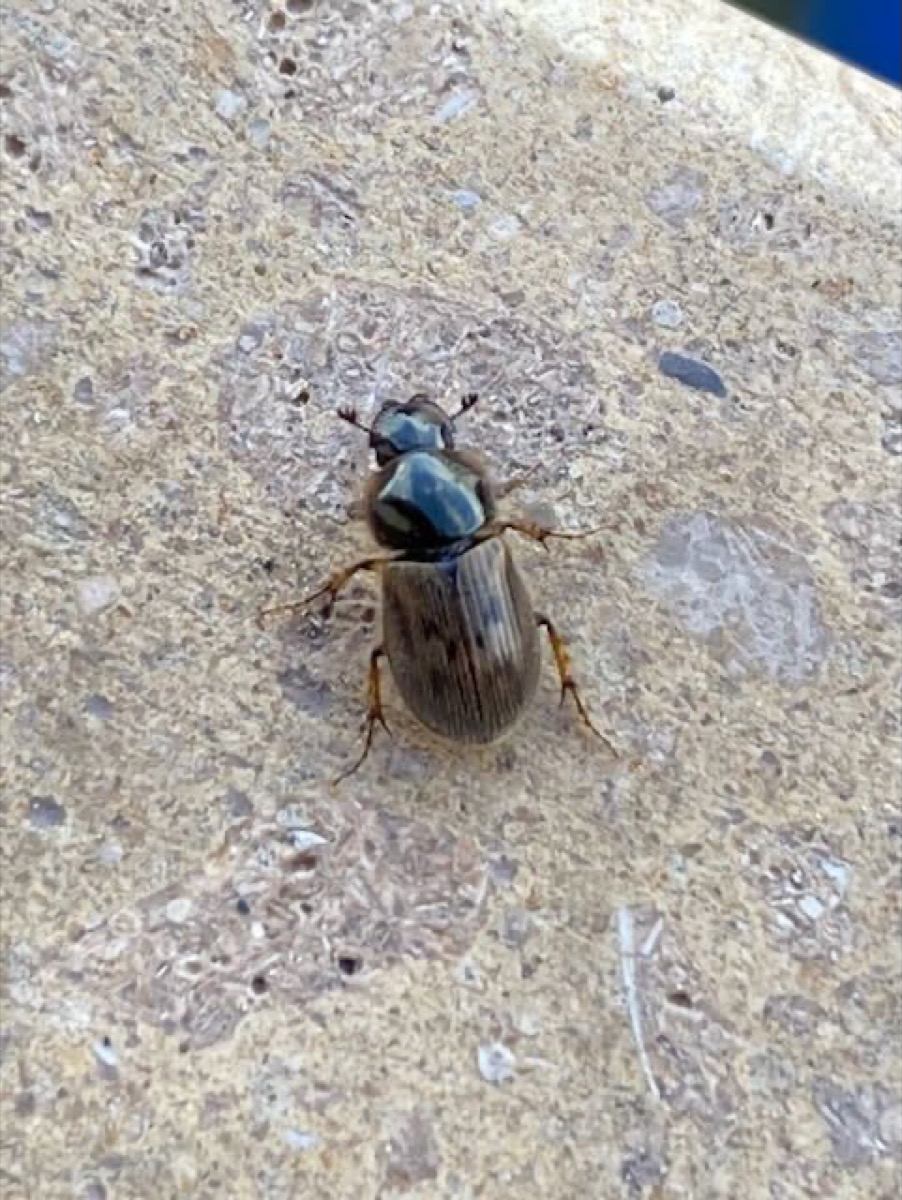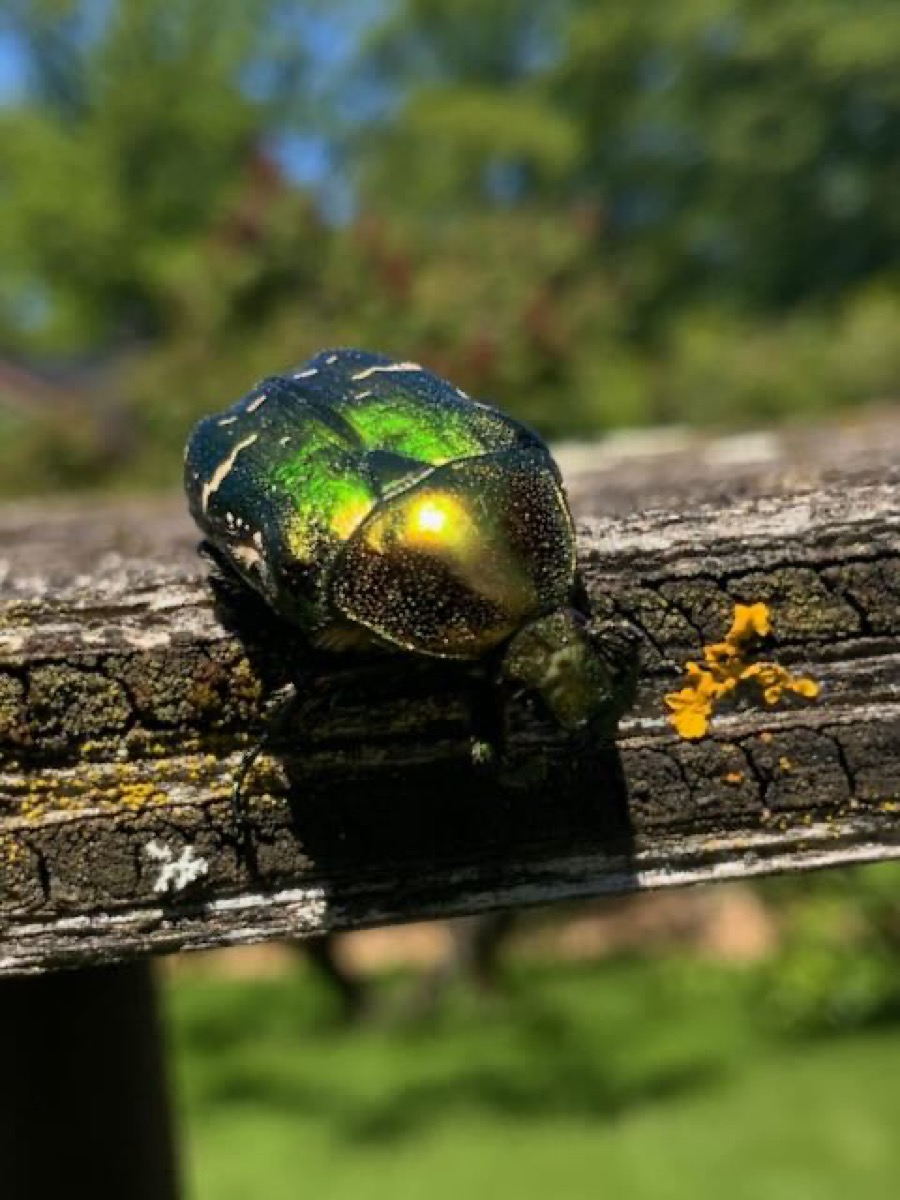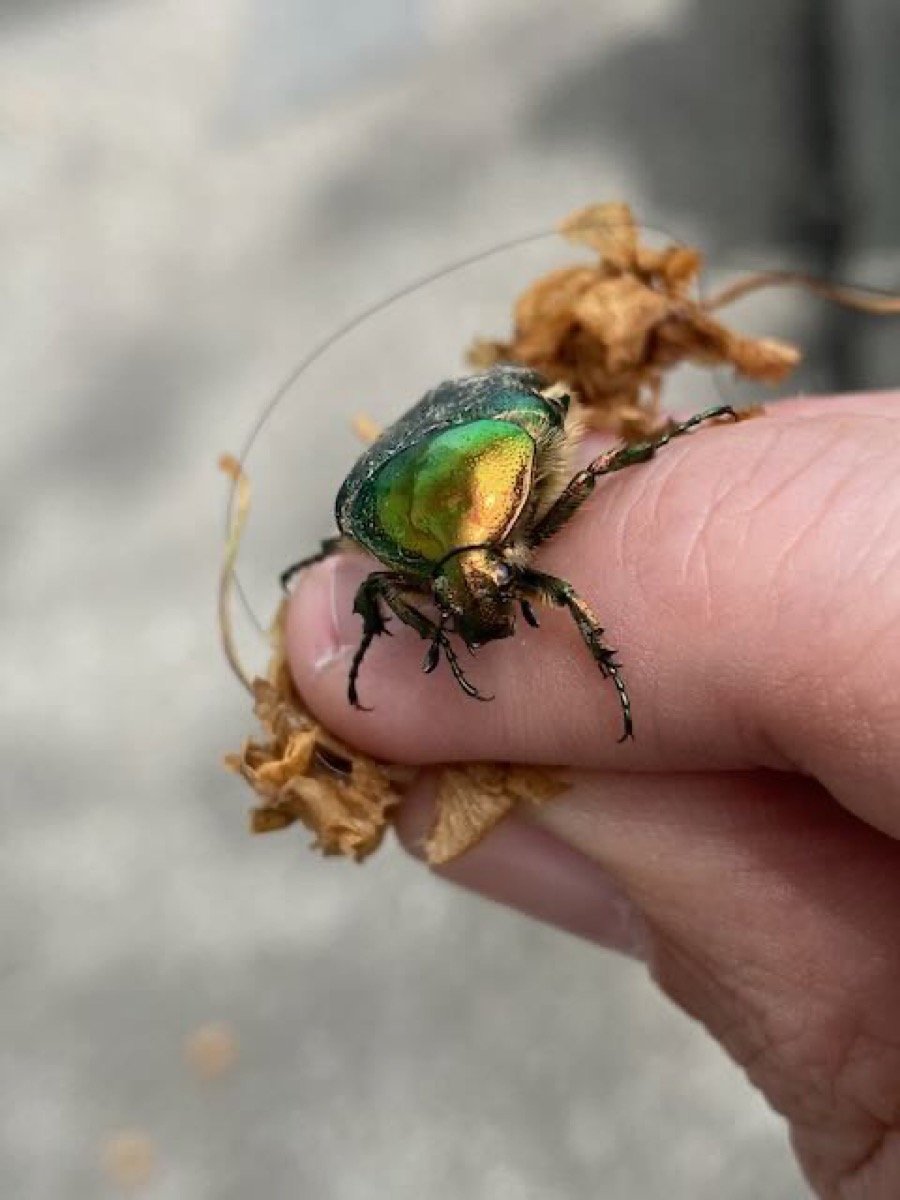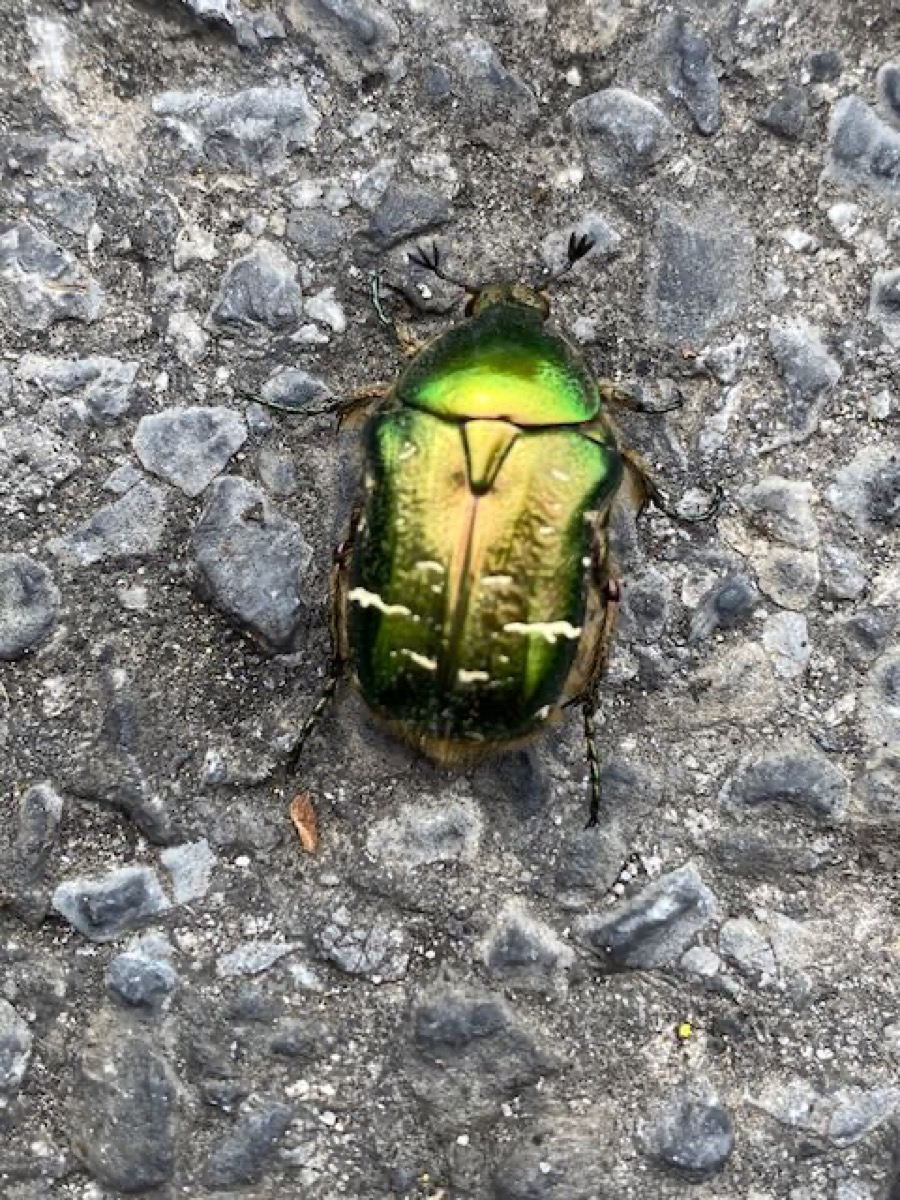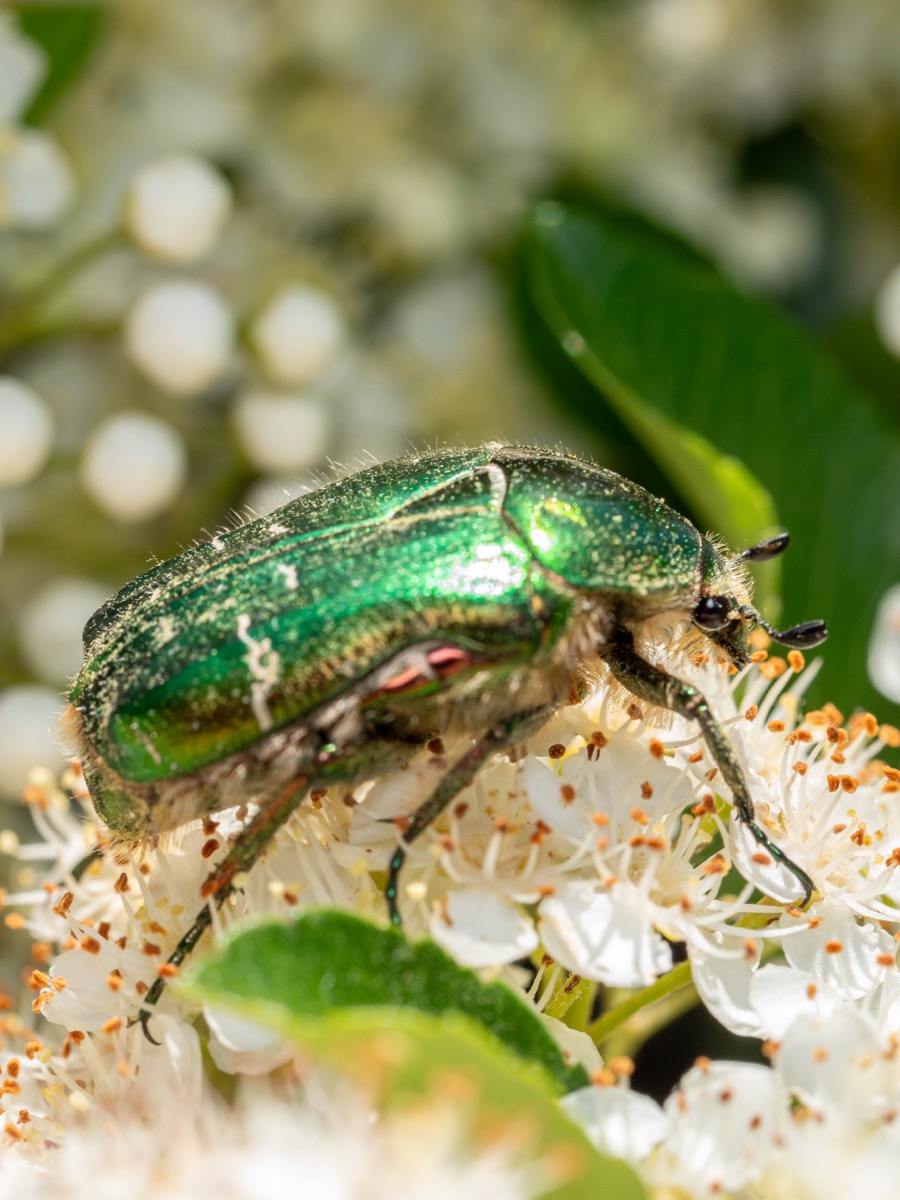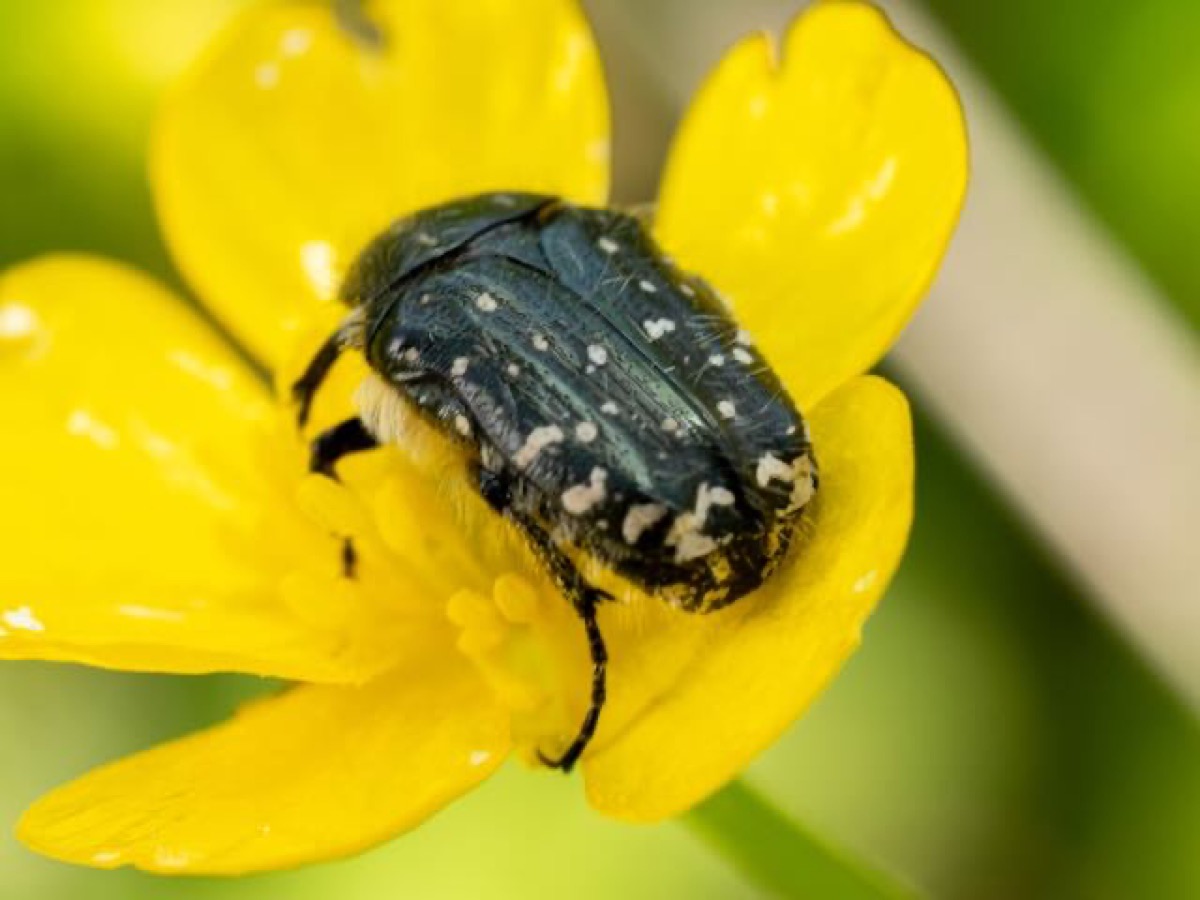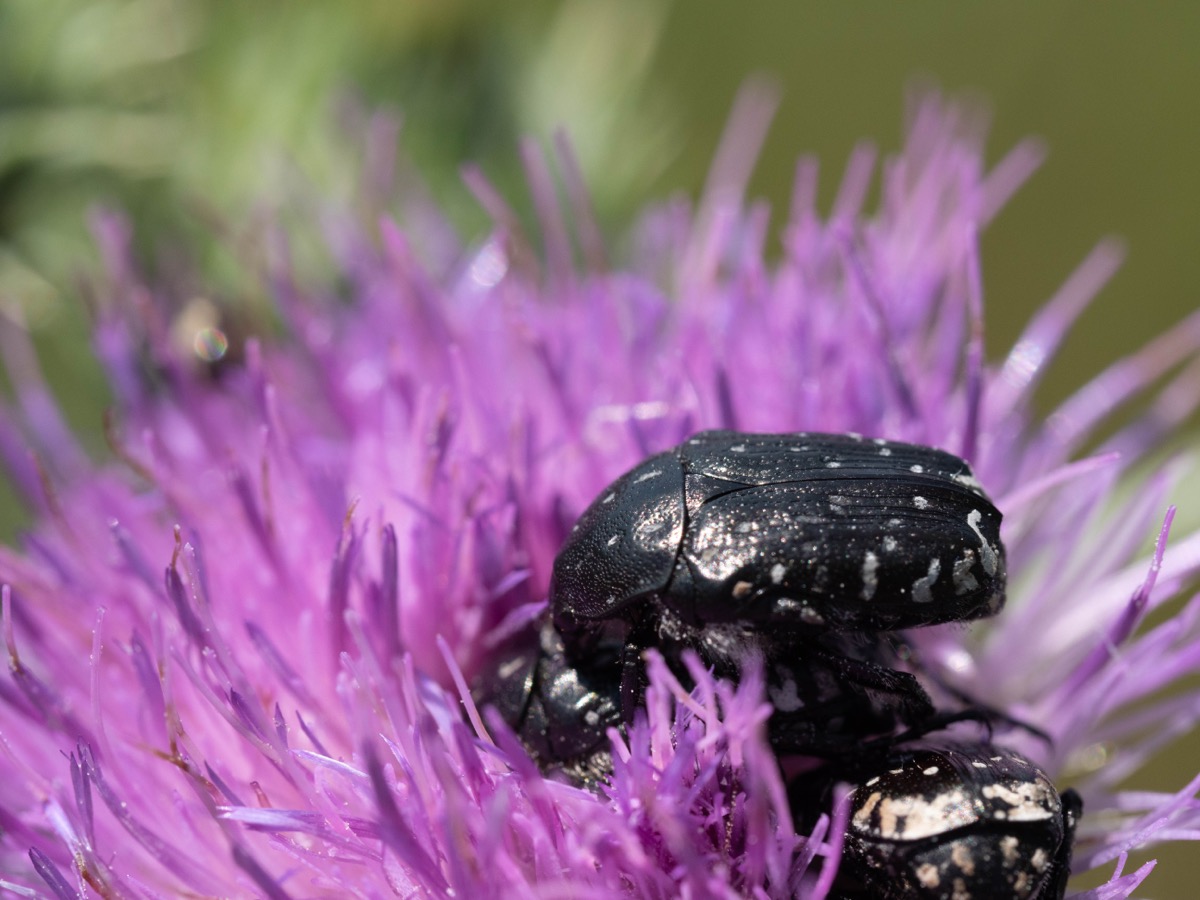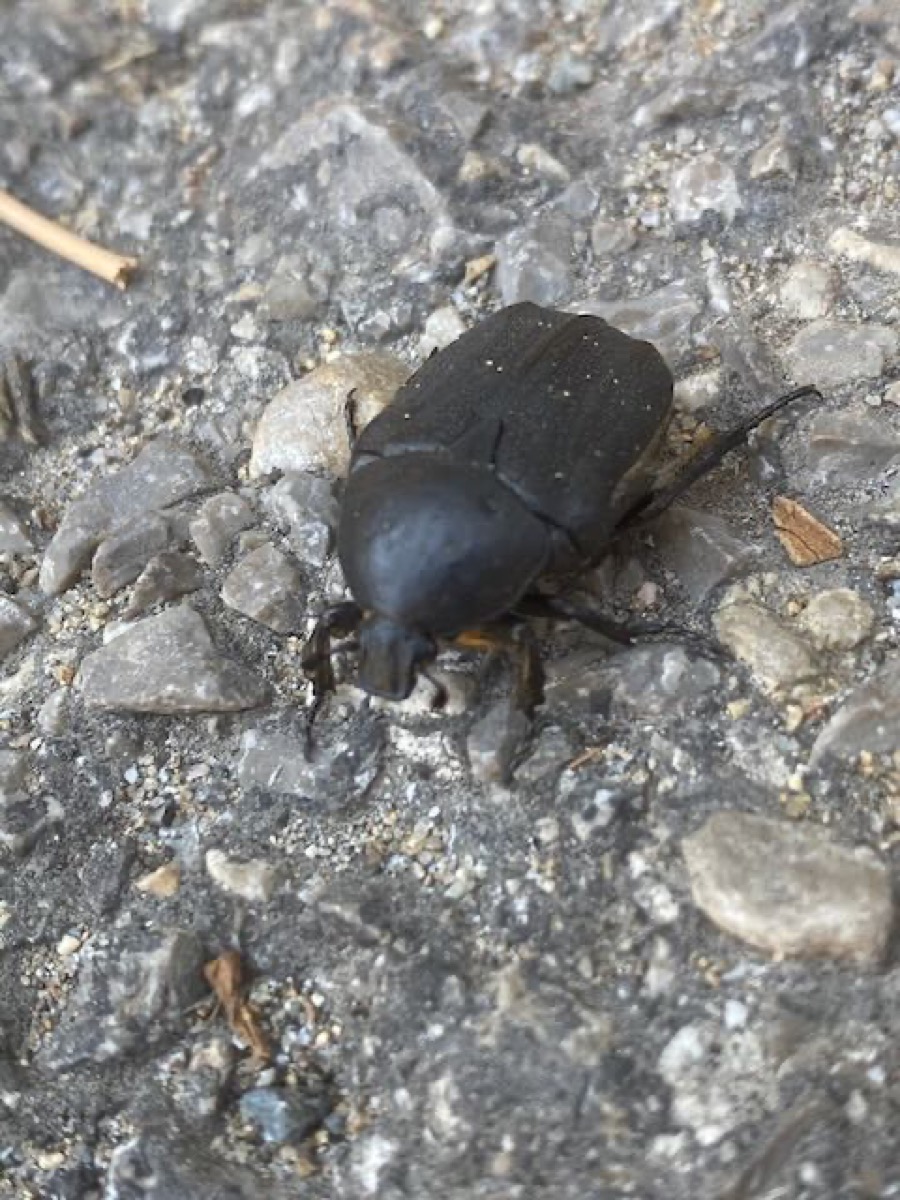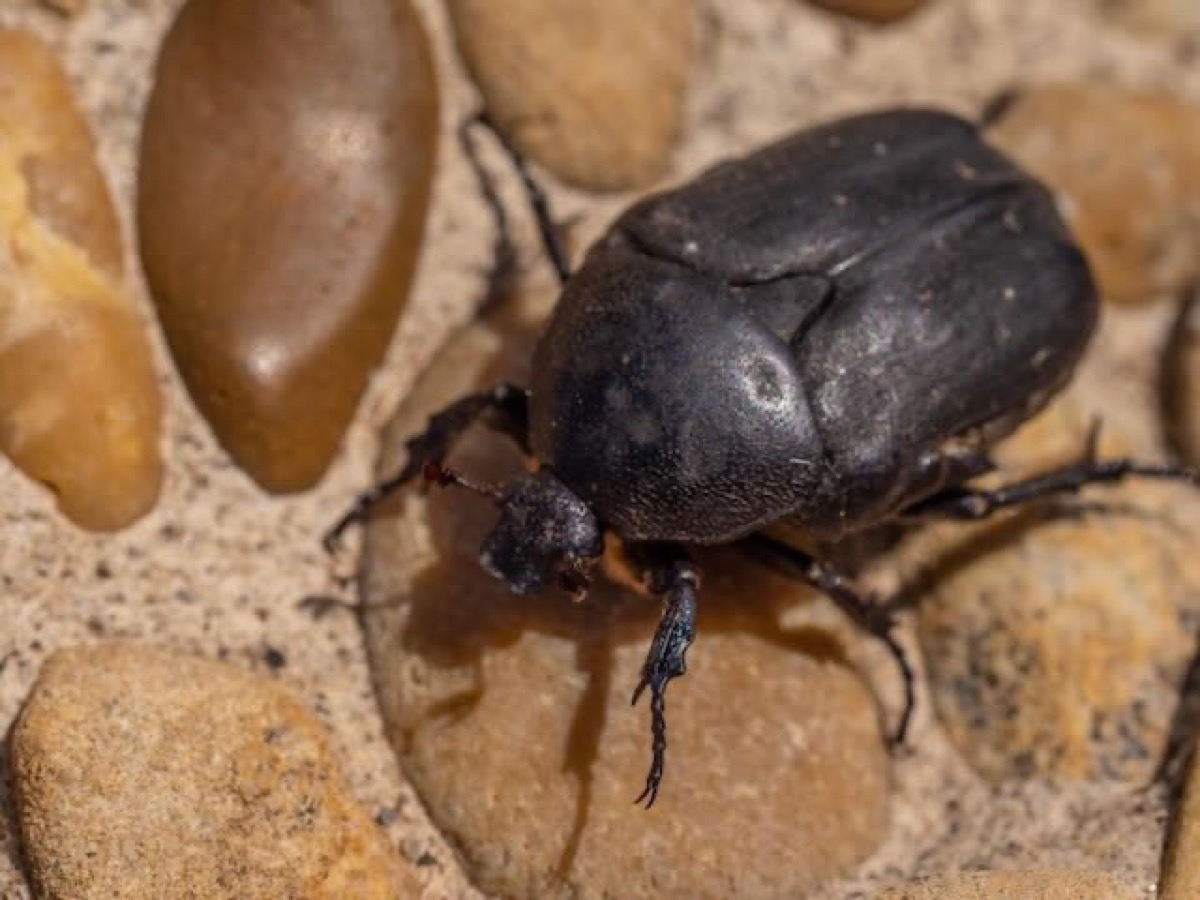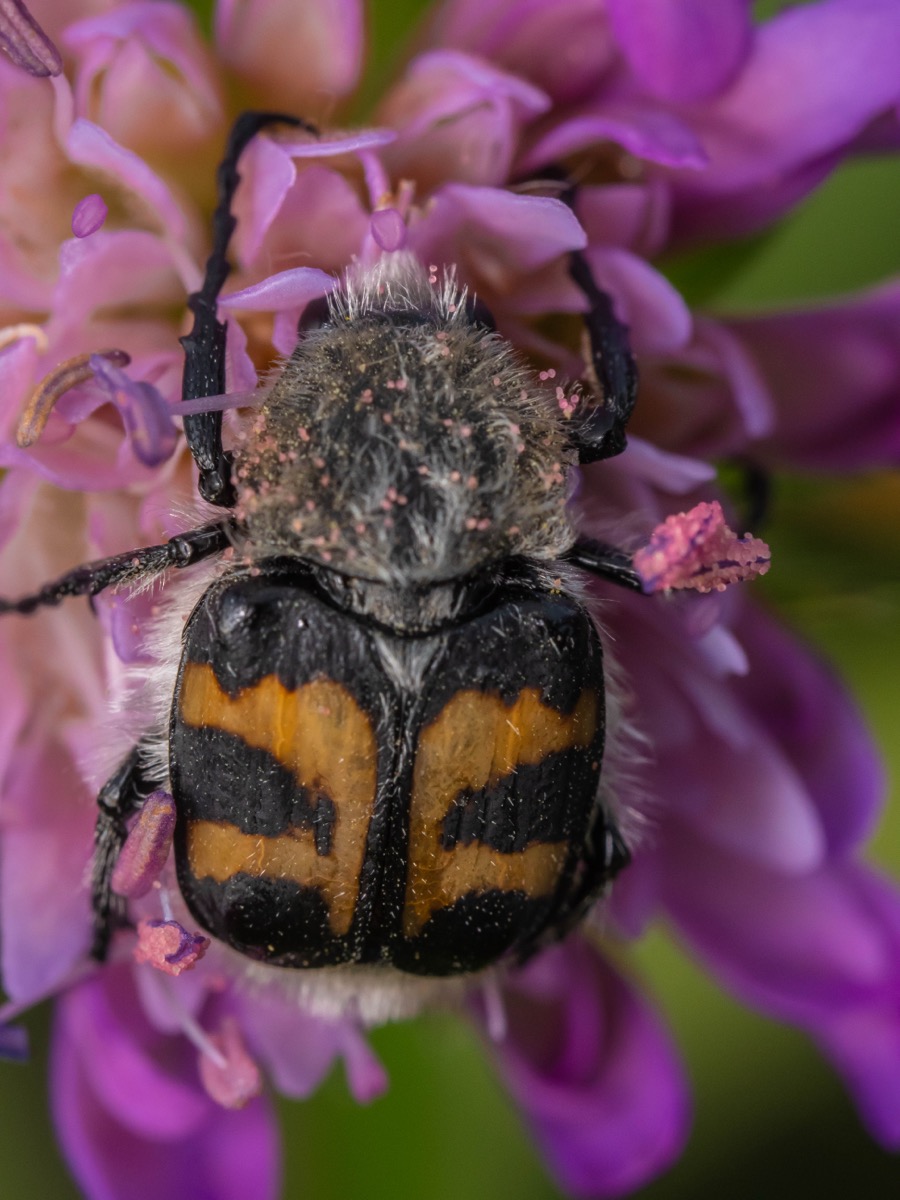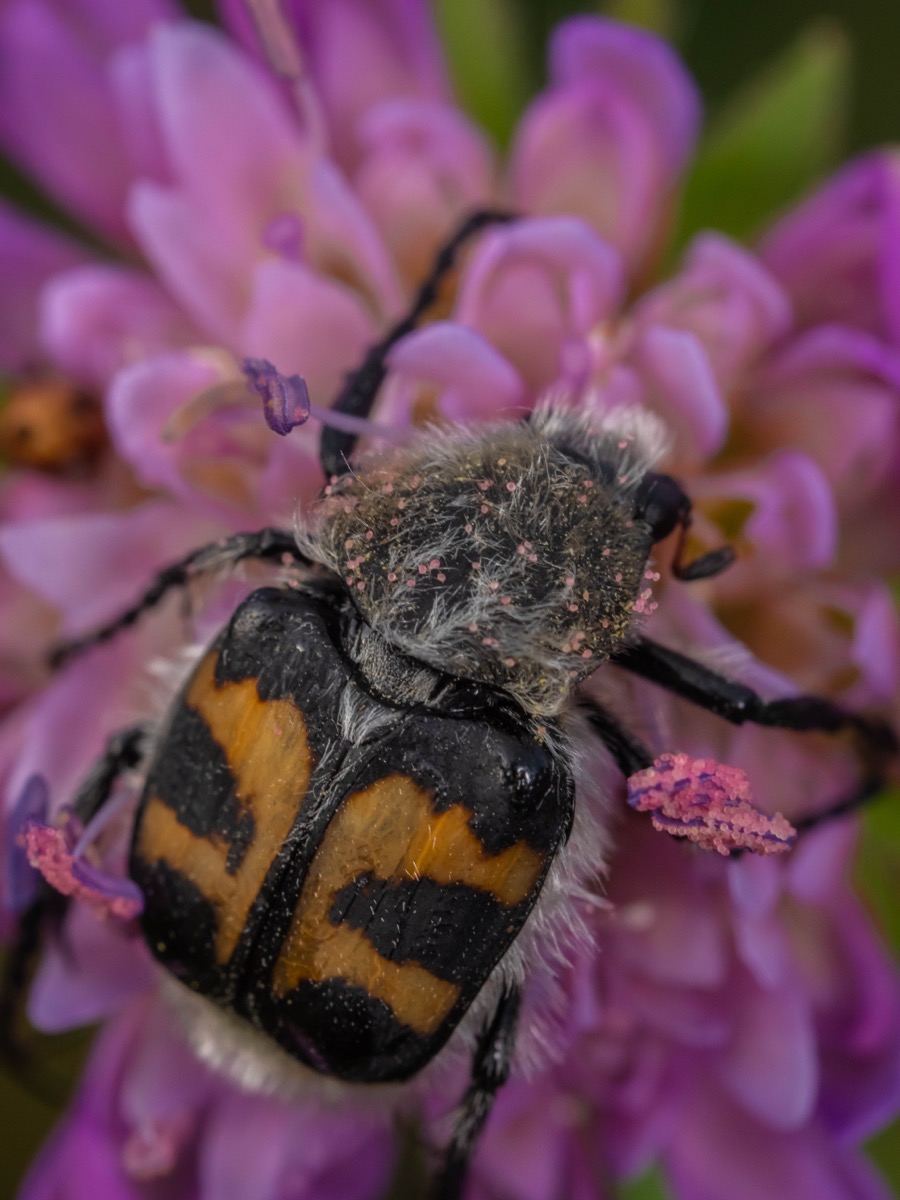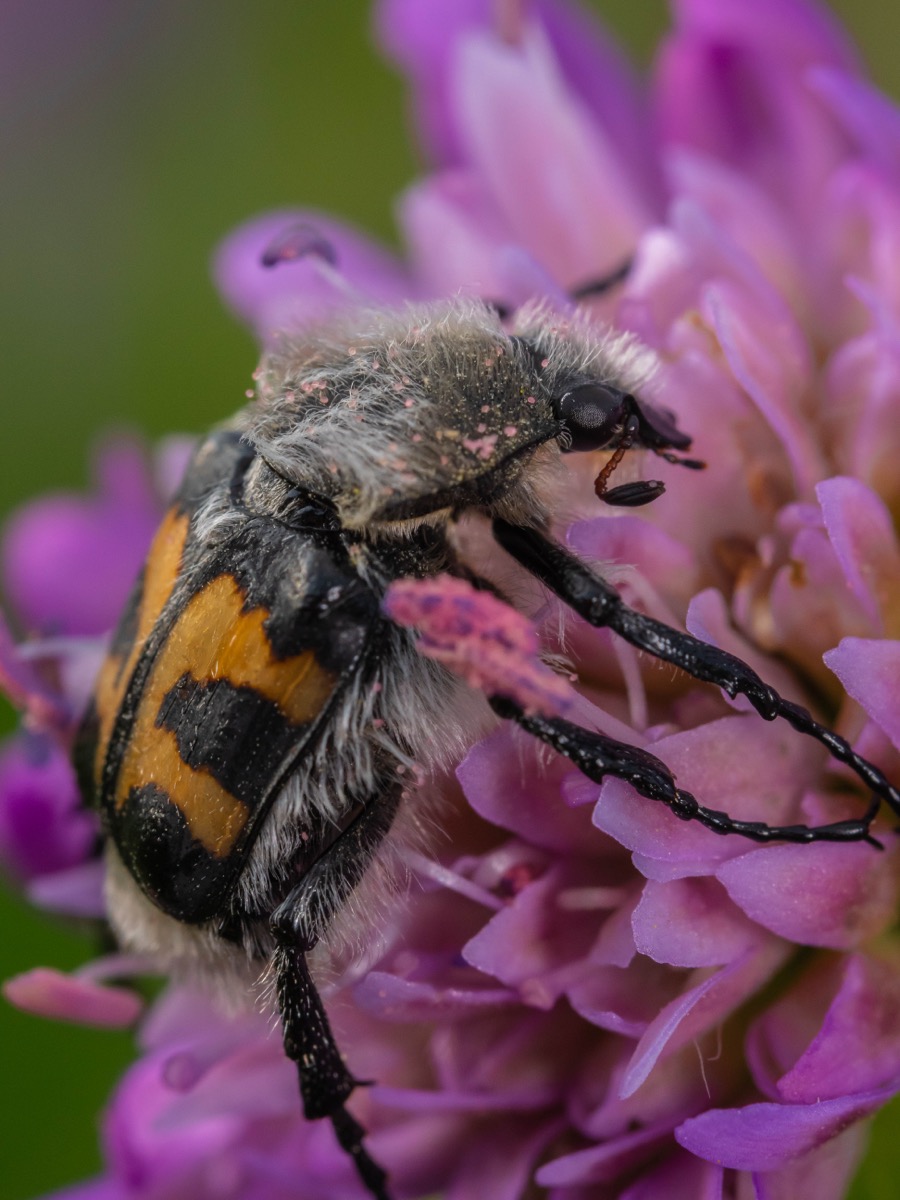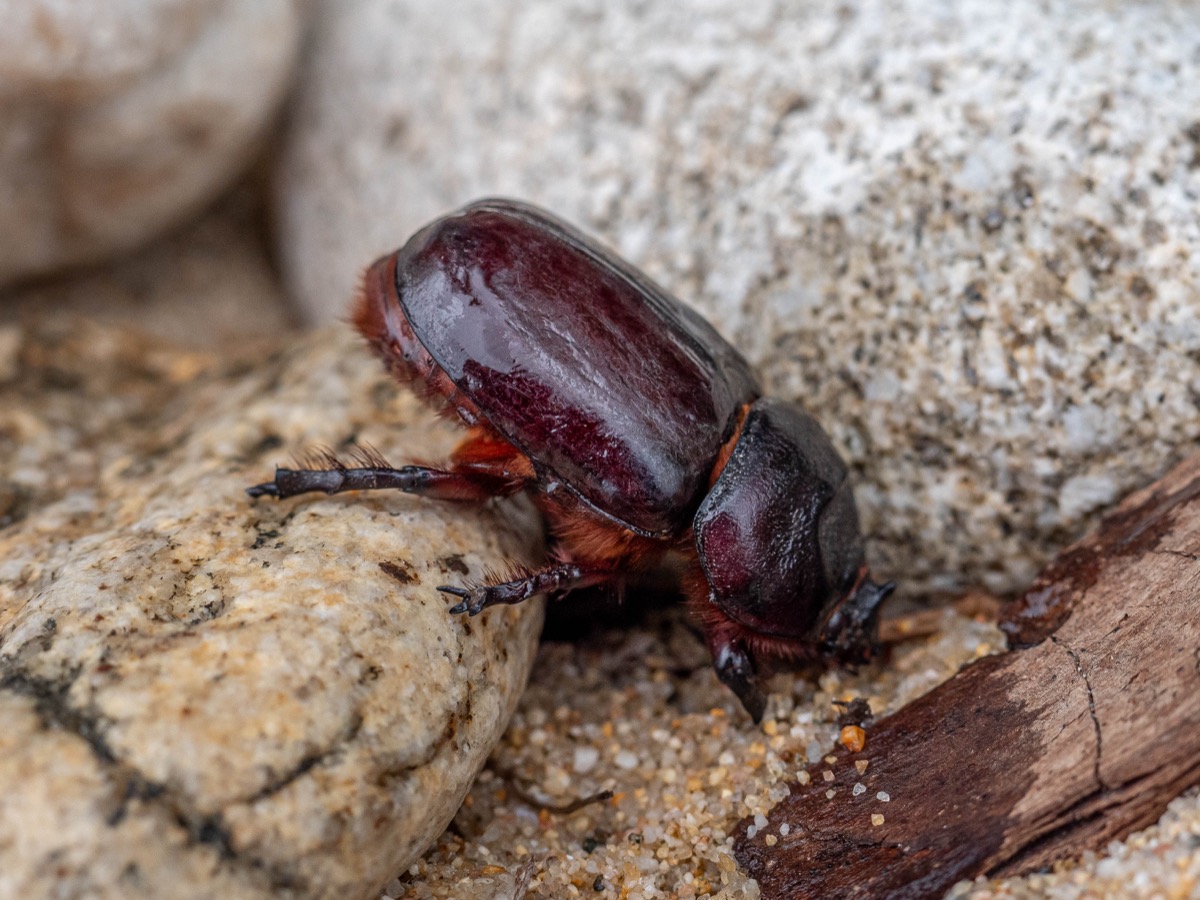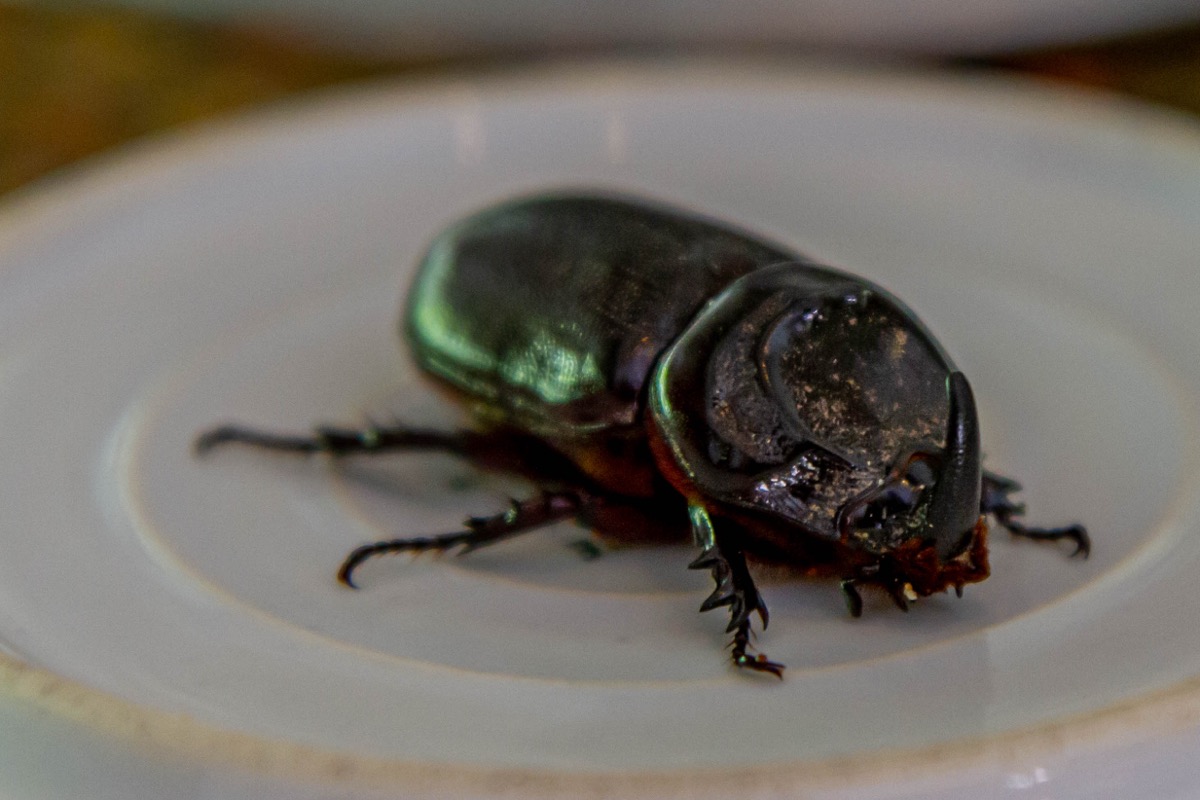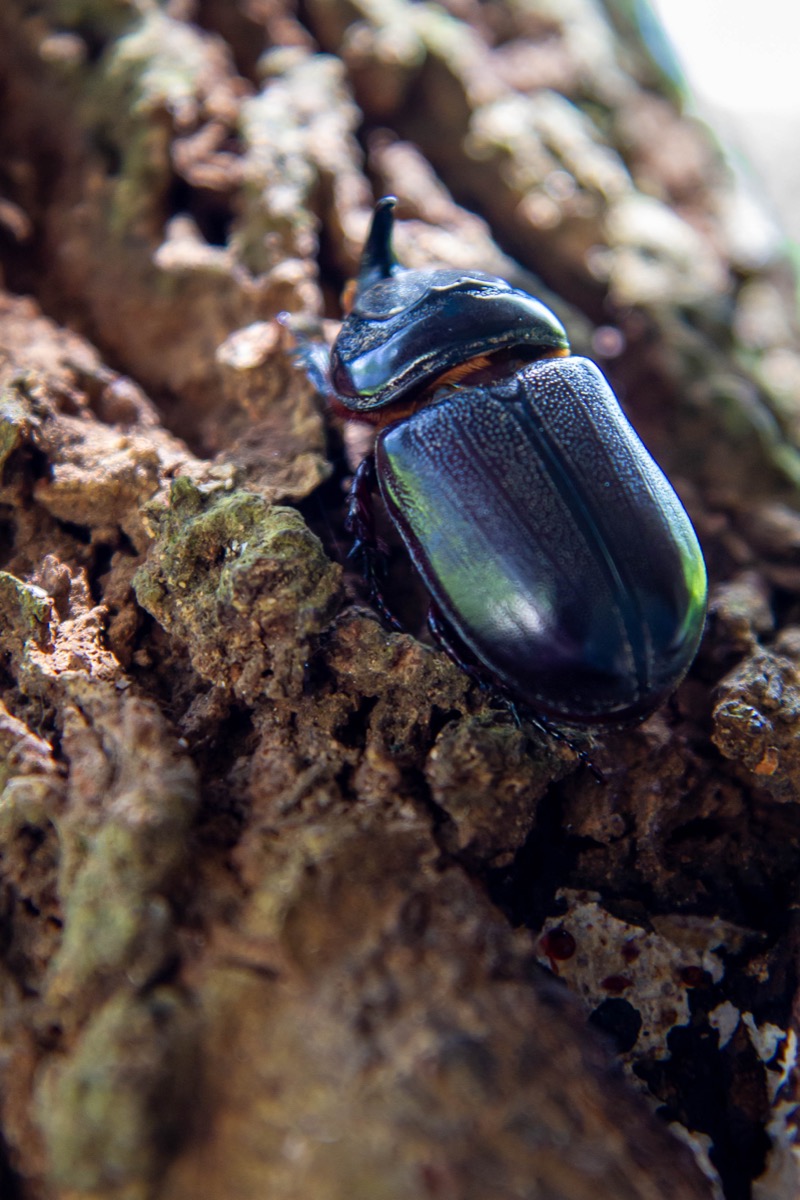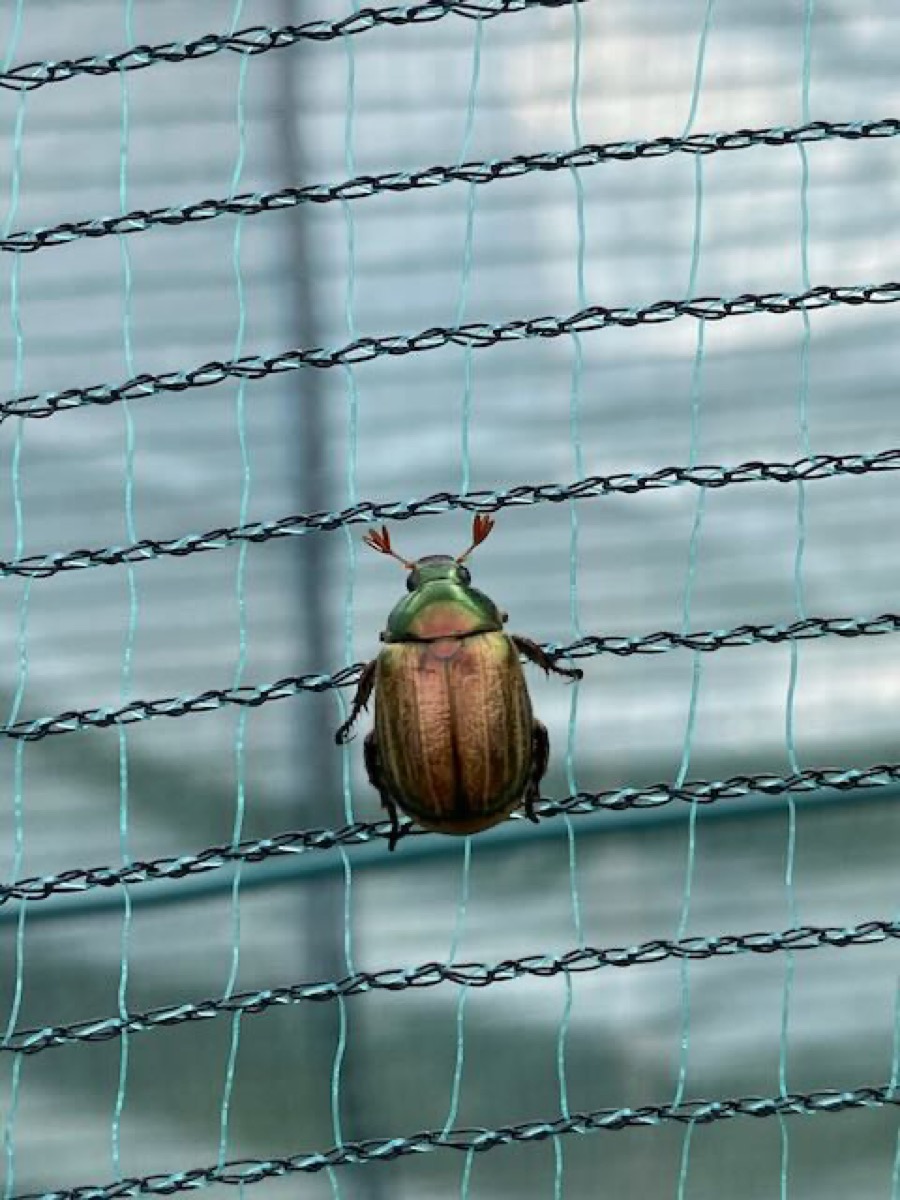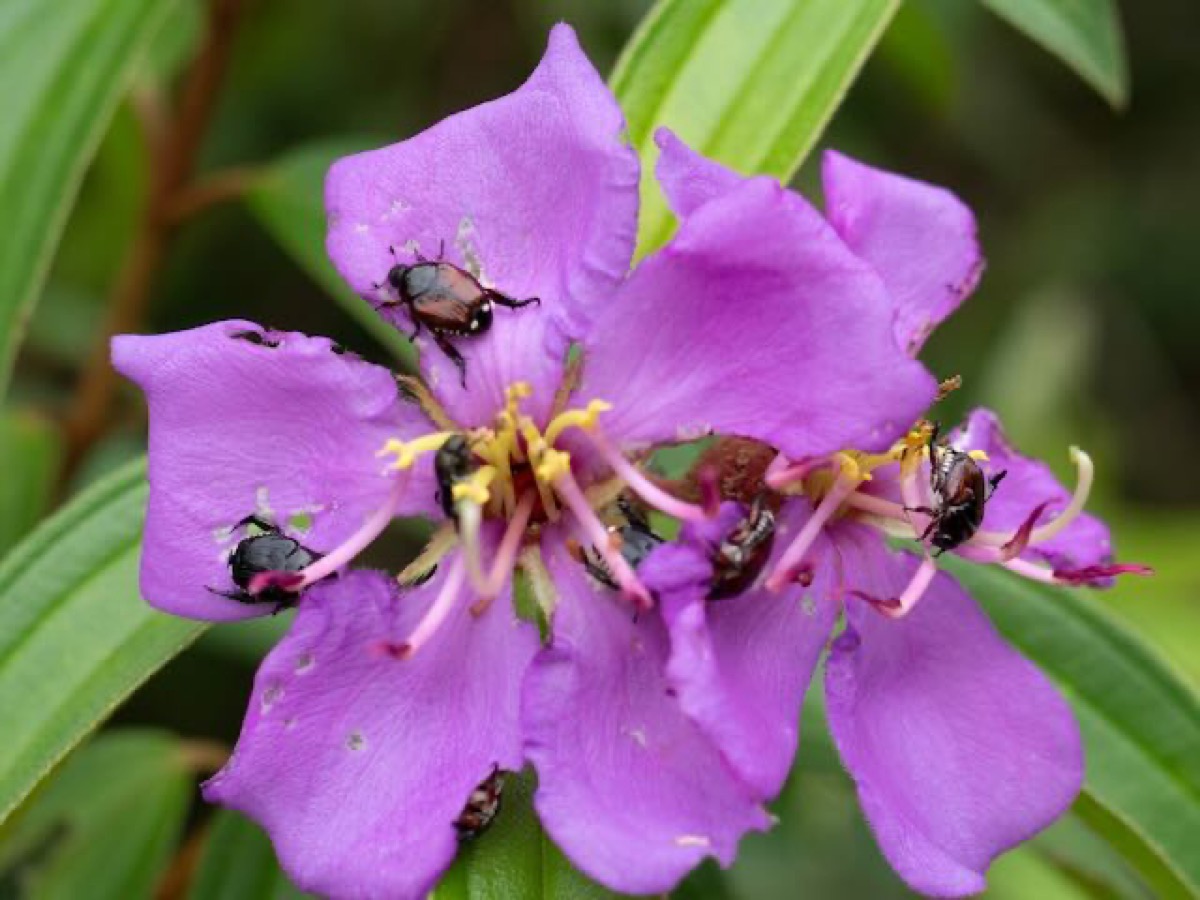The Scarabaeidae – Scarab Beetles
The Scarabaeidae – scarab beetles are a family of beetles comprising, according to Wikipedia, more than 30,000 species worldwide! Thirteen subfamilies are recognized.
- Latreille, 1802
Scarabaeidae – Common Names:
scarabs
chafers
dung beetles
rhinoceros beetles
Characteristics:
Characteristics:
clubbed antennae
antennal tips can fan open
exposed abdominal tip, truncated elytra
most are capable of flight
Aphodiinae (subfamily)
Genus Aphodius
This genus is part of the dung beetles. They mainly feed on feces.
Cetoniinae (subfamily)
Genus Cetonia
Cetonia aurata – Rose Chafer
The rose chafer is also known as the green rose chafer.
Its elytra are fused.
Sources: Wikipedia
| Order | Coleoptera |
|---|---|
| Family | Scarabaeidae |
| Genus | Cetonia |
| Species | Aurata |
| Common name | Rose chafer |
| Identifier | Linnaeus |
| Year identified | 1758 |
| Protected | Not protected |
| IUCN category (2001-2003) | LC (Least Concern) |
| Habitat | Flowers |
| Diet | Saproxylic |
| Color | metallic green / sometimes tinted red / blue / purple / black |
| Antennae | |
| Pronotum | strong punctures on the sides, finer and sparser on the disc with a smooth median line |
| Elytra | fused, may show small white spots |
| Legs | |
| Range | Europe, Asia |
| Min size | 14 |
| Max size | 20 |
| Period start | April |
| Period end | October |
Genus Oxythyrea
Oxythyrea funesta – Mediterranean Spotted Chafer
The sound of its flight resembles that of a bee.
It is considered a pest species.
Source: Wikipedia
| Order | Coleoptera |
|---|---|
| Family | Scarabaeidae |
| Genus | Oxythyrea |
| Species | Funesta |
| Common name | Mediterranean spotted chafer |
| Identifier | Poda |
| Year identified | 1761 |
| Protected | Not protected |
| IUCN category (2001-2003) | Not classified |
| Habitat | |
| Diet | decaying matter |
| Color | black, tinged with bronze or greenish hues |
| Antennae | |
| Pronotum | four to six white spots in two longitudinal rows |
| Elytra | white spots |
| Legs | 3 teeth on the front tibia, two of which point outward |
| Range | Europe, Palearctic region |
| Min size | 10 |
| Max size | 15 |
| Period start | May |
| Period end | July |
Genus Protaetia
Protaetia morio – Black Chafer
It is common in southern Europe. Its elytra do not open in flight.
| Order | Coleoptera |
|---|---|
| Family | Scarabaeidae |
| Genus | Protaetia |
| Species | Morio |
| Common name | Black chafer |
| Identifier | Fabricius |
| Year identified | 1781 |
| Protected | Not protected |
| IUCN category (2001-2003) | Not classified |
| Habitat | |
| Diet | |
| Color | |
| Antennae | |
| Pronotum | |
| Elytra | |
| Legs | |
| Range | Mediterranean basin |
| Min size | 13 |
| Max size | 20 |
| Period start | |
| Period end |
Genus Trichius
Trichius fasciatus – Bee Beetle
The bee beetle is hairy and resembles a bumblebee. It is commonly referred to as “bee beetle” in English. It is covered with hairs except on the elytra, which are bare.
| Order | Coleoptera |
|---|---|
| Family | Scarabaeidae |
| Genus | Trichius |
| Species | Fasciatus |
| Common name | Bee beetle |
| Identifier | Linnaeus |
| Year identified | 1758 |
| Protected | Not protected |
| IUCN category (2001-2003) | LC (Least Concern) |
| Habitat | |
| Diet | |
| Color | pale yellow, dark orange, black |
| Antennae | |
| Pronotum | |
| Elytra | yellow and black bands |
| Legs | |
| Range | Europe, Asia |
| Min size | 9 |
| Max size | 24 |
| Period start | May |
| Period end | August |
Dynastinae (subfamily)
Genus Orcytes
Orcytes nasicornis – European Rhinoceros Beetle
The male has a long horn; the female does not.
| Order | Coleoptera |
|---|---|
| Family | Scarabaeidae |
| Genus | Orcytes |
| Species | Nasicornis |
| Common name | European rhinoceros beetle |
| Identifier | Linnaeus |
| Year identified | 1758 |
| Protected | Not protected |
| IUCN category (2001-2003) | Not classified |
| Habitat | |
| Diet | |
| Color | |
| Antennae | |
| Pronotum | |
| Elytra | |
| Legs | |
| Range | Europe |
| Min size | |
| Max size | |
| Period start | |
| Period end |
Orcytes rhinoceros – Coconut Rhinoceros Beetle
The coconut rhinoceros beetle is native to Asia.
It is a pest species.
Source: Wikipedia
| Order | Coleoptera |
|---|---|
| Family | Scarabaeidae |
| Genus | Orcytes |
| Species | Rhinoceros |
| Common name | Coconut rhinoceros beetle |
| Identifier | Linnaeus |
| Year identified | 1758 |
| Protected | Pest |
| IUCN category (2001-2003) | Not classified |
| Habitat | |
| Diet | |
| Color | |
| Antennae | |
| Pronotum | |
| Elytra | |
| Legs | |
| Range | South Asia |
| Min size | 30 |
| Max size | 60 |
| Period start | |
| Period end |
Rutelinae (subfamily)
Tribe Anomalini
Genus Popillia
Popillia japonica – Japanese Beetle
| Order | Coleoptera |
|---|---|
| Family | Scarabaeidae |
| Genus | Popillia |
| Species | Japonica |
| Common name | Japanese beetle |
| Identifier | Newman |
| Year identified | 1838 |
| Protected | Pest |
| IUCN category (2001-2003) | Not classified |
| Habitat | — |
| Diet | — |
| Color | — |
| Antennae | — |
| Pronotum | — |
| Elytra | — |
| Legs | — |
| Range | Europe, Asia, North America |
| Min size | — |
| Max size | — |
| Period start | — |
| Period end | — |
